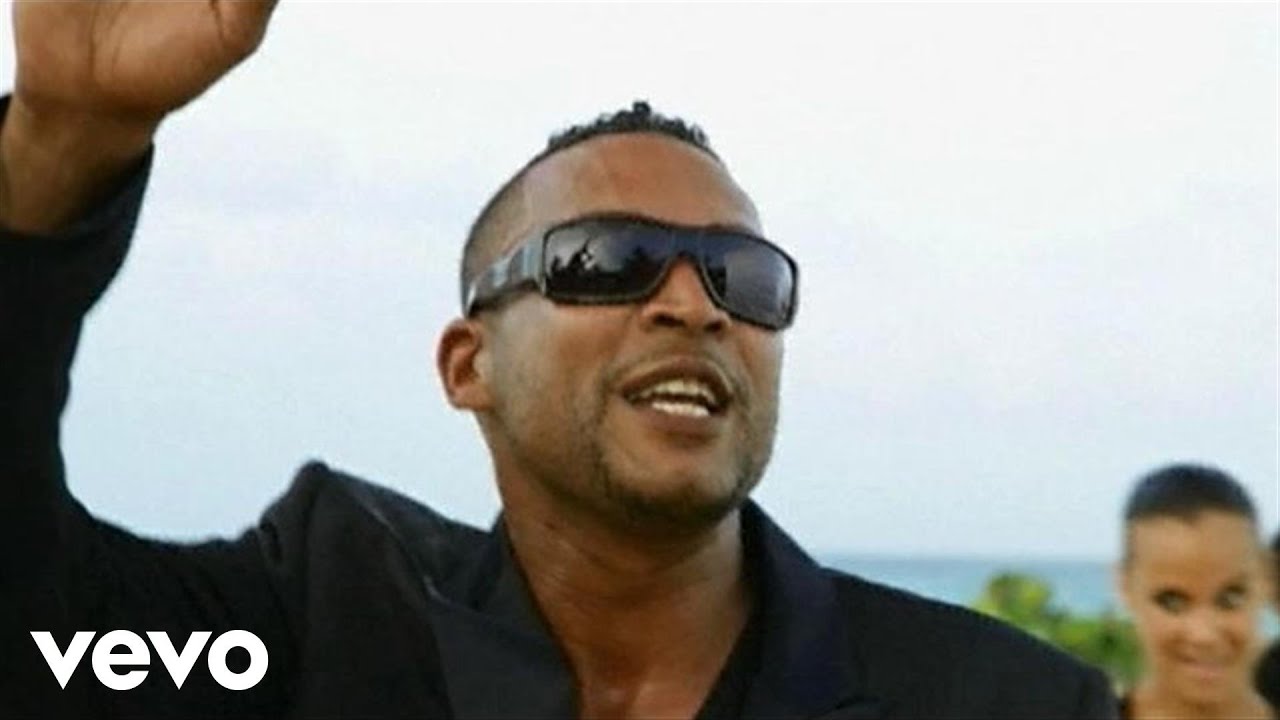The song “Danza Kuduro” is a vibrant celebration of dance and energy. But even though it’s all about the fun and excitement of the dance floor, we can dive deeper into what the lyrics might mean. Keep in mind, this interpretation may not be exactly what Don Omar intended, but let’s unpack the song in a way that brings the lyrics to life.
In the intro, Don Omar kicks things off with a powerful declaration: “Danza Kuduro!” It’s almost like a call to action—an invitation to start moving and get lost in the rhythm. The phrase itself refers to a type of dance from the Caribbean, and right from the start, it sets the tone for an exhilarating ride.
Then the chorus hits: “La mano arriba, cintura sola, Da media vuelta, danza kuduro.” Translated, this means “Hand up, waist alone, Turn halfway around, dance kuduro.” This is where the song makes its purpose clear—it’s a song designed to get you up and dancing. It’s not about thinking too hard; it’s about letting go and losing yourself in the movement. “No te canse’ ahora, que esto solo empieza” (“Don’t get tired now, this is just beginning”) is a reminder that the party is far from over, pushing you to keep going. It’s the kind of lyric that feeds your energy.
As Don Omar sings, “Mueve la cabeza, danza kuduro,” (“Move your head, dance kuduro”), the focus shifts to the head, which is often where people let go when they’re feeling the music. It’s as though the movement isn’t just physical; it’s a mental release, too. The repetition of the same lines encourages us to immerse ourselves further in the moment. This isn’t just a dance; it’s an escape from anything outside the party.
The verses follow with imagery that is intense and sensual: “¿Quién puede domar la fuerza del mar que se mete por tus vena’?” (“Who can tame the strength of the sea that enters your veins?”). Here, Don Omar is describing an uncontrollable force—possibly the passion or the rhythm of the dance. It’s like the music becomes part of you, flowing through your body. The imagery of the “hot sun” that “doesn’t let you stay still” paints the picture of the dance being almost a primal experience.
“¿Quién puede parar eso que al bailar descontrola tus caderas?” (“Who can stop that which, while dancing, makes your hips lose control?”) This line describes the sensation of completely surrendering to the rhythm. It’s no longer about conscious control; it’s about letting the music guide you. The sensuality of the movement is emphasized, showing how the dance is a form of freedom—something that transcends the ordinary and connects you with the moment.
In the next section of the chorus, “Con la mano arriba, cintura sola, Da media vuelta y sacude duro” (“With your hand up, waist alone, turn halfway around and shake hard”), the energy picks up even more. The instructions are clear: don’t hold back. It’s all about shaking off any hesitation and fully embracing the movement. There’s a sense of urgency here, too—“No te quite’ ahora, que esto solo empieza” (“Don’t quit now, this is just beginning”). The idea of a never-ending party reinforces the feeling that there’s always more to explore in the rhythm.
Lucenzo’s verses add another layer to the excitement. “Mexe kuduro, Balança que é uma loucura” (“Shake kuduro, swing that’s crazy”) is an infectious line that makes you picture the wild energy of the dance. Lucenzo calls out to the “morena” (a dark-haired woman) to come closer, and the line “Ninguém vai ficar parado” (“No one will stay still”) is like a promise that the whole crowd will be part of this celebration. It’s a communal experience, one where everyone is drawn into the joy of the dance.
“Seja morena ou loira, Vem balançar kuduro” (“Whether brunette or blonde, come shake kuduro”) shows that the party is for everyone, regardless of who they are or where they come from. It’s a universal call to join in, transcending boundaries and differences.
As the song builds, the repeated lines encourage more participation. “Oi, oi, oi, é pa’ quebrar kuduro” (“Hey, hey, hey, it’s to break kuduro”) emphasizes the idea of breaking free. The dance is more than just steps; it’s about breaking through barriers, whether physical, emotional, or even societal. “Vamos dançar kuduro” (“Let’s dance kuduro”) turns the whole song into a collective invitation—a call to join in and experience something bigger than yourself.
In the final repetition of the chorus, the energy hasn’t slowed down. “La mano arriba, cintura sola” (“Hand up, waist alone”) comes back as a reminder of the earlier instructions, reinforcing that this is a moment to lose yourself in. Each line of the chorus builds upon the last, urging the listener to move, to feel, to be part of the dance. The repetition also acts like a hypnotic rhythm, pulling everyone deeper into the groove.
In the outro, Don Omar gives the last shout-out to “El Orfanato,” his label, which further roots the song in his musical identity. It’s a final moment to cement the fact that this song is not just a hit—it’s a statement of his artistic presence.
Overall, “Danza Kuduro” is about more than just dancing. It’s about embracing freedom, passion, and unity through movement. The lyrics are a clear invitation to break free from whatever holds you back and simply enjoy the moment. The energy is infectious, the movement irresistible, and the message simple: dance and let go.
